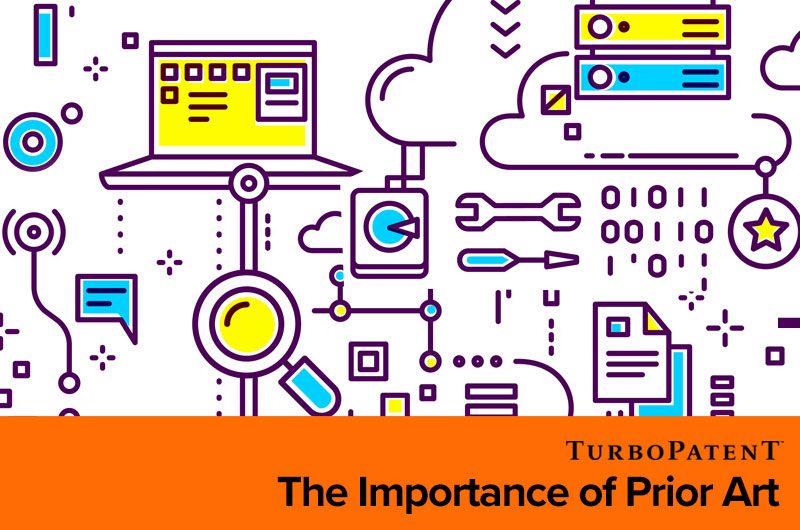Patent Basics: The Importance of Prior Art
In the last post, we discussed the best ways to review the formalities of a patent application. Now we will cover how to review the substance of an application. (Remember: review of a patent application should focus on two main things – problems with the form and problems with the substance).
Problems with the Substance
Avoiding issues with the substance of a patent application should be a high priority for any attorney or drafting service, because these problems typically result in rejections from the USPTO (unlike formalities that may also draw objections). The rejections are almost always based on a lack of novelty (known as a 102 rejection) or on the obviousness (known as a 103 rejection) of the idea captured in the patent application in view of “prior art.”
Prior Art
Prior art is defined as any public disclosure made prior to the filing of the patent application that describes or otherwise makes obvious the idea(s) captured in the patent application. Section 901 of the MPEP provides further detail and examples of prior art, which include:
- Pending patent applications
- Granted patents
- Scientific and technical journals, book, periodicals, etc.
- Foreign language texts
So, in order for a patent application to be allowed, the idea must be novel and not obvious compared to any information or ideas disclosed in prior art. Therefore, when reviewing a patent application for problems with the substance, the focus of the review should be comparing the idea(s) in an application to the ideas in prior art. However, this leads to an important question and begs another:
- How do you know what’s in the prior art?
- Do you even WANT to know what’s in the prior art?
Prior Art Searching
Let’s start with the second question: Do you even want to know what’s in the prior art?
There are typically two reasons that some companies tell their engineers not to do prior art searches. 1) They are concerned their engineers will be discouraged to file for a patent if they learn that someone else has already come up with a similar idea. 2) They are afraid their company will become aware of a patented technology similar to theirs and therefore be liable for willful infringement, which could lead to increased damages in a future lawsuit.
However, I think this actually does more damage than good. Consider the following:
If an engineer discovers someone else is working on a similar solution, then the he/she can license that solution and save development time. Alternatively, the engineer can look for problems with that similar solution and use them as a guide for their own further development. This is one of the purposes of the patent system – to share what you know in exchange for a temporary monopoly. If someone comes up with a different way of doing what you’re doing, then they also get a temporary monopoly. Thus, there is an incentive to innovate and find new ways in order to avoid paying, which prevents settling with a “good enough” solution.
In the case that the company becomes aware of patented technology similar to theirs and risks willful infringement, preemptively asking for a license when sales are small (or unknown if it’s a new product) can often result in a better licensing terms. Also, if the company waits until the patented feature is incorporated into all of its products, then the option of innovating around a patent becomes extremely difficult. It’s better to know upfront.
Which leaves the first question – how on earth do you know what’s in all the prior art?!
The answer is that it is hard! There is a lot of art, and the time spent reviewing it all accounts for a large portion of what you’re paying an attorney for. It’s certainly a better use of your money than checking formalities, but you probably don’t want to pay for hours of searching when each hour costs you hundreds of dollars.
Thus, it’s important to pick an attorney who either knows what’s in the prior art for a specific kind of invention (a domain expert) or, perhaps more importantly, one who can quickly find relevant prior art. An attorney who can find relevant prior art fast is often more useful than a strong domain expert because available information about patentable concepts or ideas is growing at a fast rate.
At TurboPatent, we’re really good at quick search. In fact, we’ve developed A.I. technology to help us with it and have even made it free for others to use. It’s part of our idea management platform, Invention Hub. With the click of a button, natural language processing technology parses a description of an idea for key terms and concepts, and returns a list of possible prior art all in well under a minute. This frees up our TurboPatent Engineers (TPEs) to truly understand an invention and accurately describe its substance.
So there you go! Yes, you should know what’s in the prior art and, while it does require a lot of effort to search the prior art, it doesn’t have to be manual effort.





